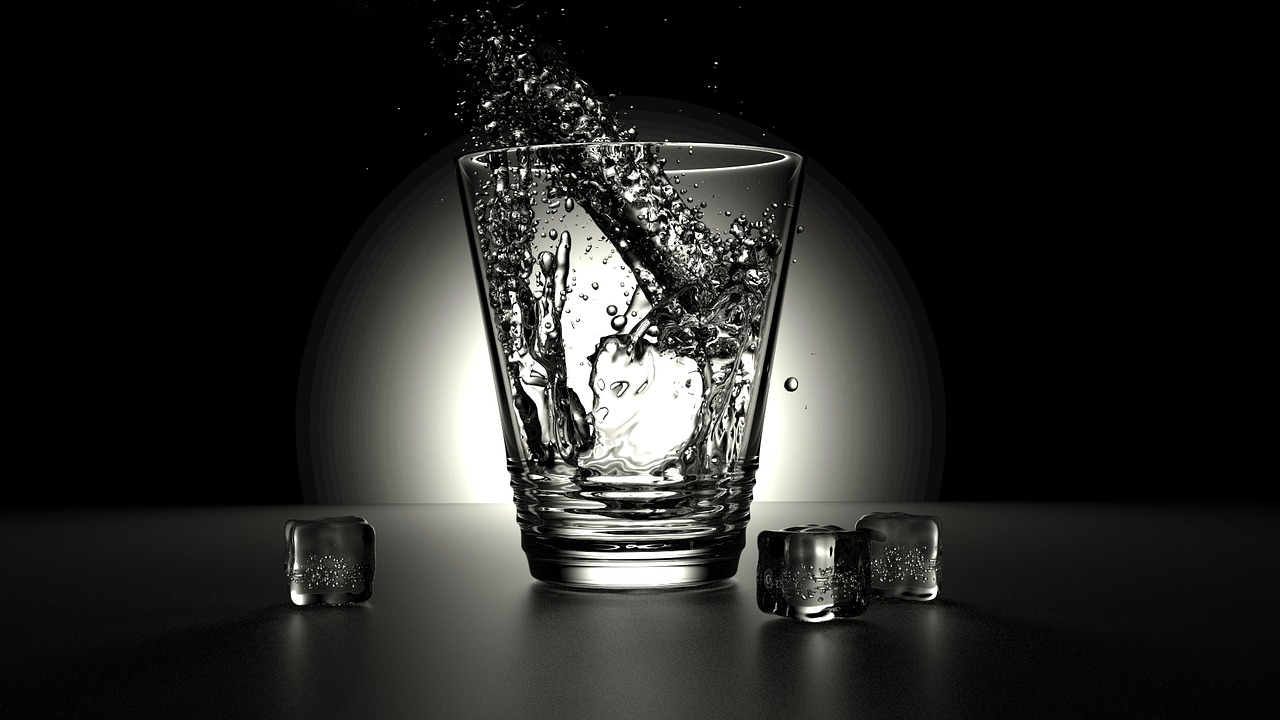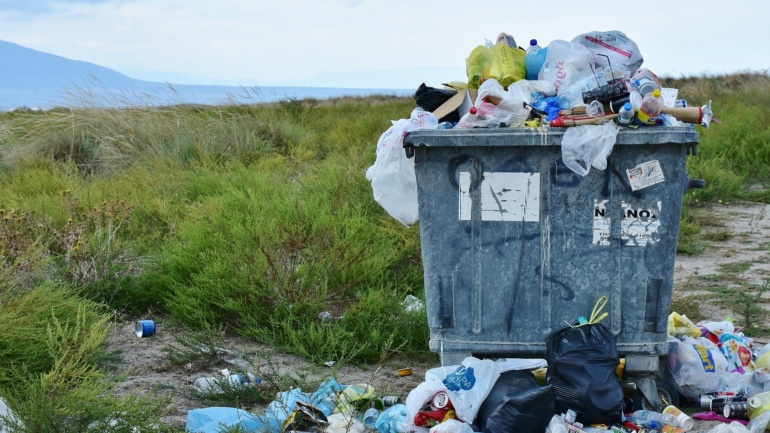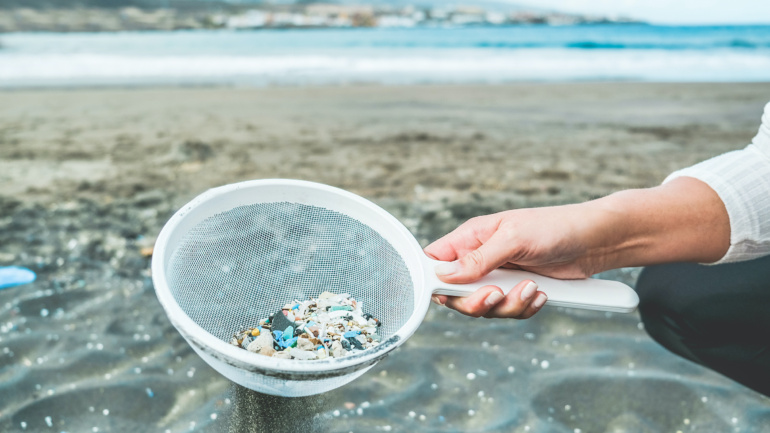By Suraj Rajendran, Staff Writer for Save The Water™ | August 5, 2016
History of Trichloropropane
In the 1940s, there were numerous agricultural divisions that sold products to farmers in hopes of getting a profit. Two of these agricultural divisions, Dow Chemical and Shell, had begun to sell two soil fumigants (under the product name of D-D and Telone) in order to aid farmers in eradicating crop-damaging nematodes. Because their main purpose was the death of living organisms, the product chemicals were, by nature, toxic. Unknown to most at the time, there was a chemical in D-D and Telone that was toxic to both nematodes and humans: 1,2,3-TCP, or Trichloropropane (TCP).2
Later, it was discovered that TCP played no role in killing the nematodes. Instead, the presence of TCP was just a byproduct of manufacturing the fumigants. Even though TCP could have easily been removed before the pesticide was sold, Dow and Shell decided otherwise. Instead of removing the toxic chemical, the companies took a leap in the other direction. They registered TCP as an active ingredient, claiming that the chemical was necessary for the efficiency of the pesticide, all in the face of scientific evidence that proved TCP was dangerous to humans.2
TCP was eventually banned from use in soil fumigants in the mid-1990s. D-D, at this time, had been taken off the market and Telone was reformulated. Unfortunately, the damage had already been done. TCP is a persistent toxin—it doesn’t degrade too easily in the environment.1 By the time it was banned, the chemical had already seeped into groundwater and drinking water wells. Now citizens in California, one of the most affected areas, have to drink and cook alongside a toxic chemical—all because of two companies that believed in chasing profit rather than safety.4
Discovery of TCP as a carcinogen
TCP is a synthesized chlorinated hydrocarbon that is usually used in industrial solvents, cleaners, and in the production of varnish removers and paint thinners. Along with being used in such products, TCP has been historically used in the manufacturing of other chemicals such as soil fumigants. As said, these fumigants were used extensively in the Californian region, especially in the counties of Tulare, Kern, Visalia, and Fresno. Contamination in these counties drinking water well have now become widespread due to TCP.2
TCP was tagged as a carcinogen by the State of California to cause cancer in 1999. Drinking, cooking, touching, or inhaling TCP-contaminated water are all methods of exposure to the toxic chemical. When exposed to high concentrations of TCP, it is normal to feel burning in the skin, eyes, throat, and nose. The individual might even experience drowsiness and liver damage.1 Fortunately, in California, it doesn’t seem like TCP will reach those dangerous heights. Just a few years ago, in 2009, the Office of Environmental Health Hazard Assessment put out a Public Health Goal—the level at which a substance in water has no significant public health impacts—detailing the quantity of TCP in drinking water. The level for TCP was 0.0007 parts per billion, one of the most restrictive in the state, suggesting the high toxicity of TCP. In 2013, Trichloropropane was detected in two or more samples at three hundred seventy-two sources, all within seventeen Californian counties.3
Lack of standards for TCP in drinking water
All that said, there is still no enforceable drinking water standard for TCP at both the state and federal levels. This means that water providers have no need to remove TCP from contaminated sources and can continue exposing consumers to a carcinogen. Additionally, it is rather difficult to hold the companies who introduced TCP to California, Shell and Dow, accountable for the existing troubles.2
Clean Water Action, a national citizens’ organization, has recently developed a campaign to create a Maximum Contaminant Level (MCL) for TCP. An MCL is the legal threshold limit on the amount of a substance that is allowed in public water systems under the Safe Drinking Water Act. As far as the legal process goes, the Division of Drinking Water (DDW) is responsible for making the decision of whether or not to establish a standard close to the Public Health Goal. Of course, the DDW needs to be aware of the limitations that technology and the economy bring. Clean Water Action, having the restrictions in mind, have requested the standard be at 0.005 parts per billion, which is the lowest level of TCP that can be detected with current technology. Clean Water Action went further and proposed that the cost of water treatment be paid in full by Shell and Dow rather than the local water systems. However, for the time being, the DDW has put off the discussion about setting a standard on TCP levels. They believe it is “a good candidate for future regulation.”2
As of now, Clean Water Action intends to ensure DDW creates a standard for the level of TCP in drinking water by 2017 and to advocate for said standard. Clean Water Action has made substantial progress by helping create a much more effective and collaborative campaign with other water organizations and affected communities. In addition, Clean Water Action has met with DDW staff, attained a public hearing on the drinking water program, and publically proclaimed that TCP is a chemical that needs to be removed from drinking water. Their hard work has born some fruits. Work has already started toward analyzing economic and technological restraints. The State Board has committed to create certain standards by April of 2017.2
References
- Kenan Ozekin. March 2016. “1,2,3-Trichloropropane State of the Science.” Water Research Foundation. http://www.waterrf.org/resources/StateOfTheScienceReports/1,2,3-Trichloropropane.pdf
- Madeleine Thomas. May 4, 2016. “Unknown, Unregulated, Undrinkable.” Pacific Standard. from https://psmag.com/unknown-unregulated-undrinkable-b335823f895#.ik4xmu6nv
- Sasha Khokha. March 7, 2016. “There’s a Cancer-Causing Chemical in My Drinking Water, But California Isn’t Regulating It.” KQED Science. https://ww2.kqed.org/science/2016/03/07/theres-a-cancer-causing-chemical-in-my-drinking-water-but-california-isnt-regulating-it/
- U.S. Environmental Protection Agency. January 2014. “1,2,3-Trichloropropane (TCP) [Fact sheet].” https://www.epa.gov/sites/production/files/2014-03/documents/ffrrofactsheet_contaminant_tcp_january2014_final.pdf




